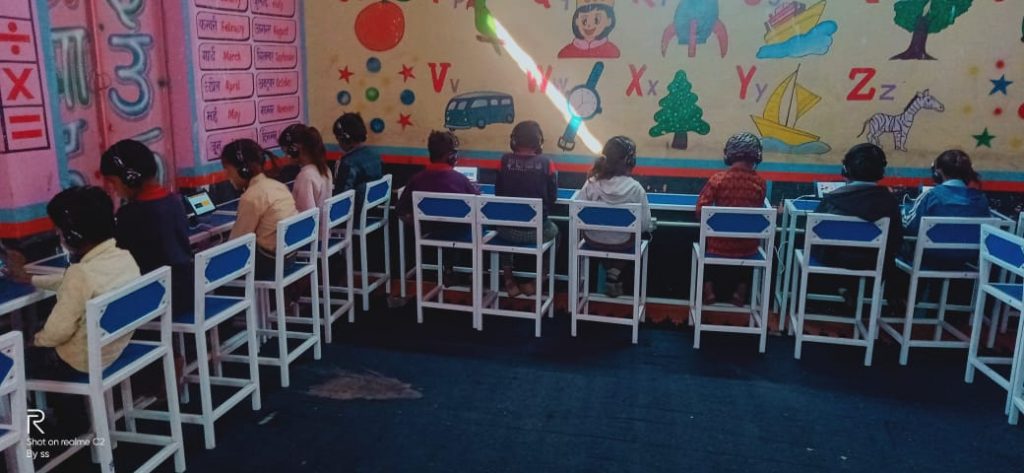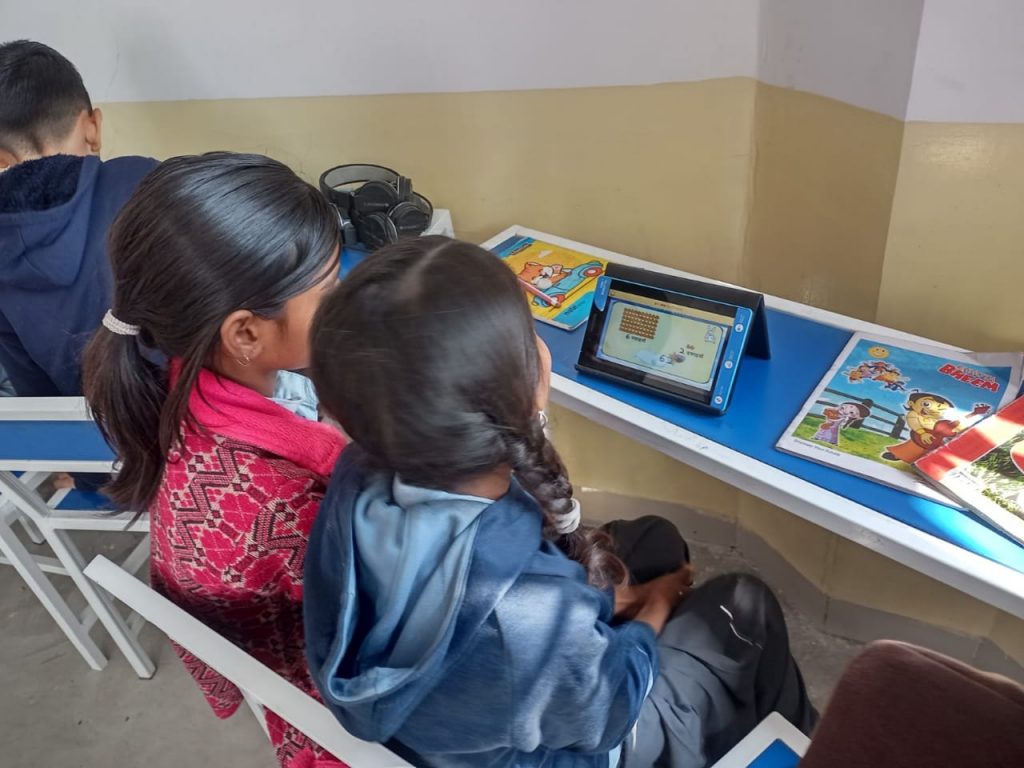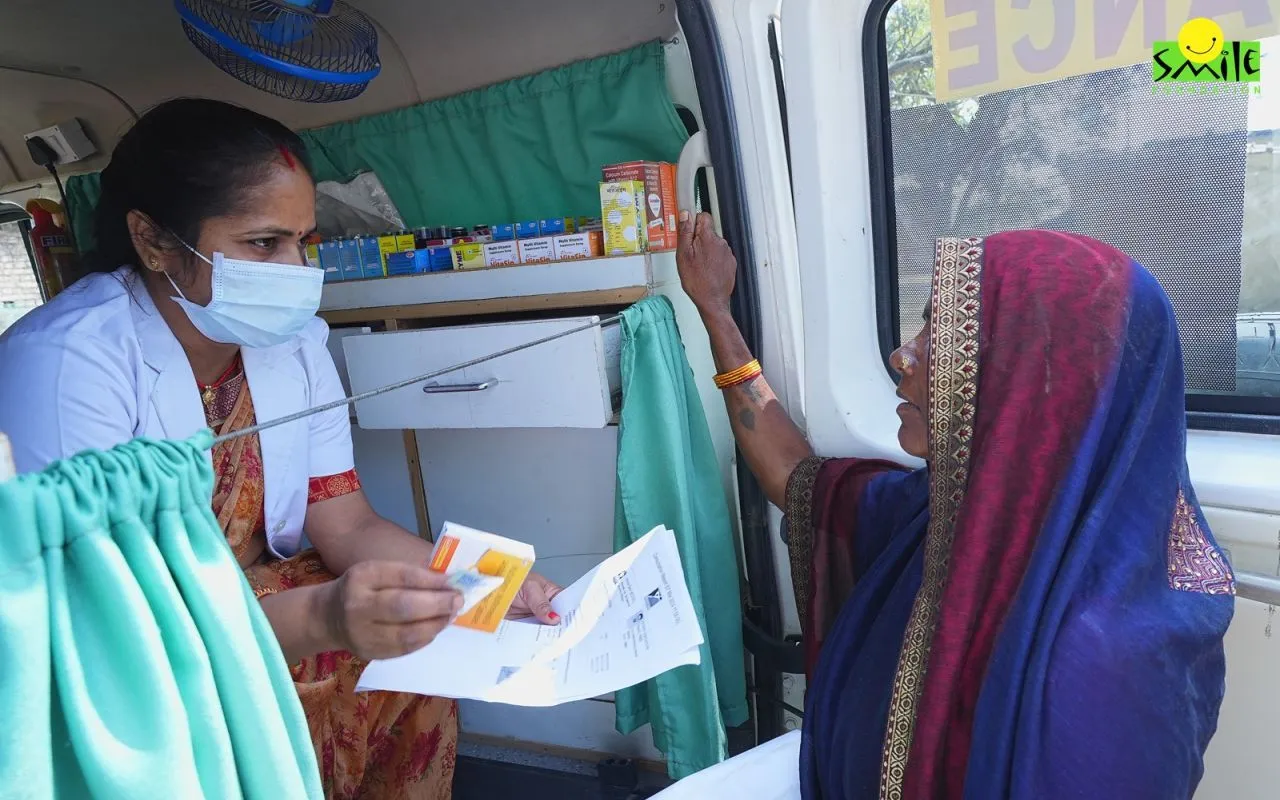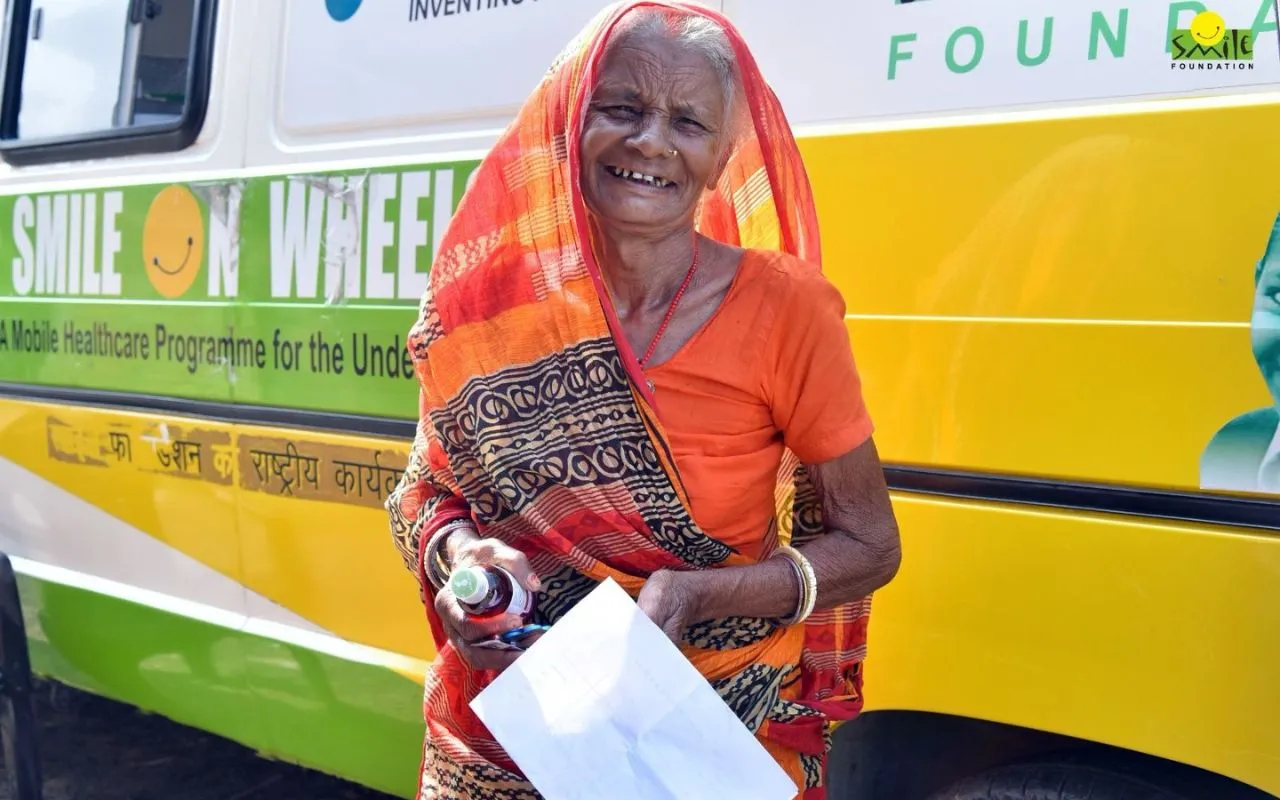Digital devices like mobile, computers, tablets, etc. have become an important part of our lives. They are being used to get necessary tasks done like paying bills, making payments, shopping online, and other communications tasks. Digital literacy in India has made inroads and is here to stay.
Digital literacy is an important life skill, maybe the most important since the world is quickly transitioning into an Artificial Intelligence (AI) world. These digital skills allow you to find, use & create information online in a productive and useful manner.

For our youngsters, digital literacy means developing skills through images and identifying patterns. They can convey information, ideas, and feelings and their activities with the use of digital devices through electronic media. Through digital literacy, they will begin to develop skills to organise and analyse information.
Why are Digital Literacy Skills Important for Young Children?
Digital literacy skills are built upon the traditional concept of literacy. It supports students to understand and utilise their critical thinking skills. With these skills, children can move beyond a process-oriented understanding of technology and apply digital resources creatively in their original work. Digital literacy brings that enlightenment where you may not know about operating every app, but eventually, you acquire the confidence to do so.

According to a report published by the National Survey of India, the Literacy Rate of India in 2022 is 77.7 percent. Also, as per a study by Nielsen, a global company for audience measurement, data, and analytics, rural India has 352 million internet users, almost 20 percent higher than urban. However, the study reveals that almost 60 percent of the rural population is still not actively using the internet, possibly because of low digital literacy.
Reasons for Low Digital Literacy Rate in Rural Areas
Connectivity barriers, infrastructure scarcity, resources, and a lack of understanding from decision-makers are the major reasons behind low digital literacy in rural parts of India. Many rural areas in India do not have the required internet bandwidth.
Besides, a lack of solid infrastructure support, such as regular electricity is considered a significant problem. Also, most people in rural areas do not understand digital terminologies and devices.
Quick Combat by Smile Foundation
Digital literacy is a growing part of any approach to skills development. Effectively implementing digital literacy programs requires a framework, an integrated approach, performing a preliminary review, developing operational guidelines, and conducting impact assessments.
This is where Smile Foundation has stepped in and intervened, providing digital literacy and technology driven simplified digital solutions for education under its flagship, Mission Education program. Under this programme, Smile Foundation is setting up Tab labs in schools in rural areas for young children. These tabs have Video resources, Reading resources, Quizzes, a Kids-friendly interface, and curriculum-mapped content as per their academic classes.
We are working towards creating an environment where all individuals and communities have the required information technology capacity. Capacity needed for full participation in our society, democracy and in the broader context, our economy.
For our little soldiers, digital literacy from a tender age will give way to their inquisitiveness to know more about the world. This will develop the necessary skills for their lifetimes. Smile Foundation is familiarising children of rural areas with the tech world so they do not feel alienated. The goal is to make our young wizards into the techies of tomorrow.










2 replies on “Digital Literacy in India- Creating Techies in Rural Areas”
Excellent, need of the hour
Great Initiative by Smile Foundation and their members. For sure the generations from urban areas are adapting easily with technology but the children from rural areas find it hard to interact and adapt with out any guidance.